What happens after half your town burns down?
Last month, I wrote about how insurance companies are getting ahead of the curve by preemptively dropping coverage and/or significantly raising the cost of policies for properties believed to be at increased risk. Less than four weeks later, forest fires ripped through Sonoma and Napa counties and destroyed 7,000 structures – most of them single family homes. These fires are now ranked as the most destructive and expensive in California history. Too many things were built in a place that guaranteed tragedy sooner or later.
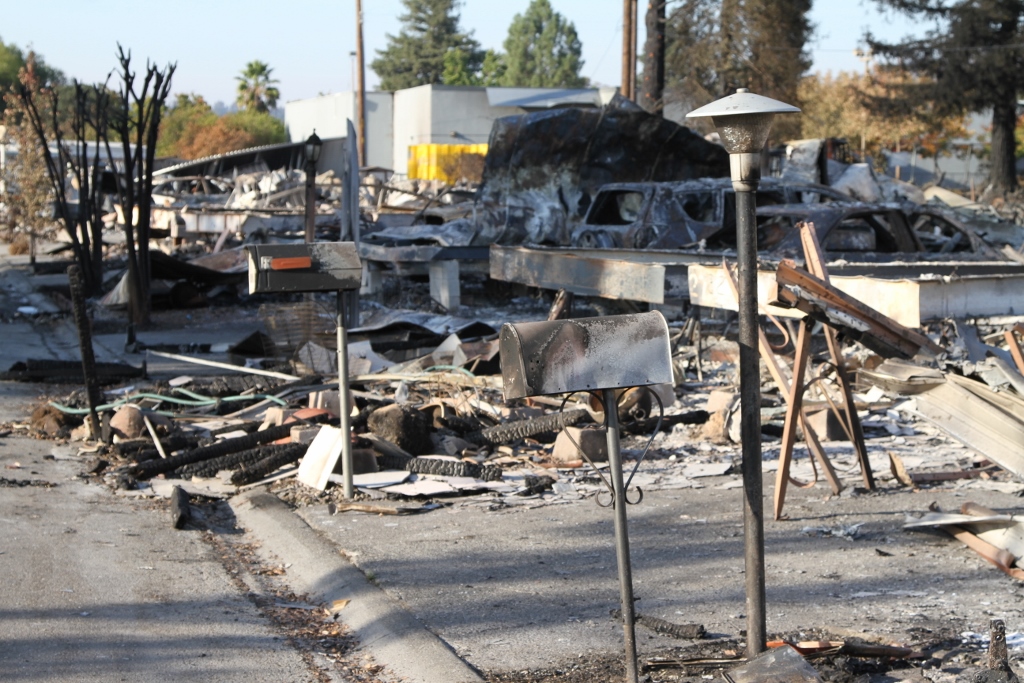
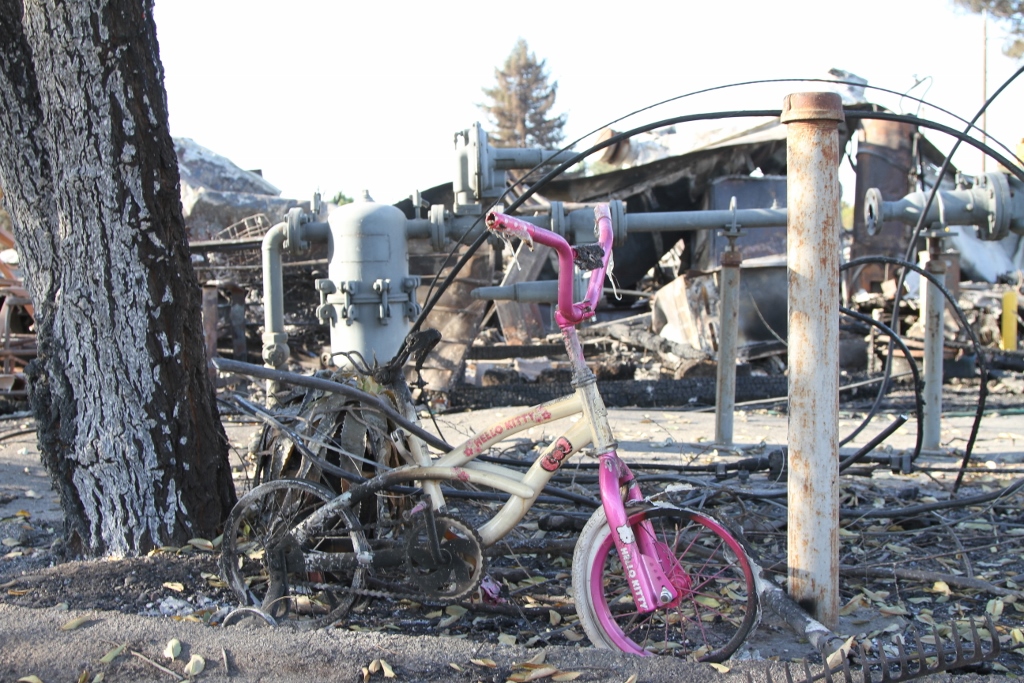
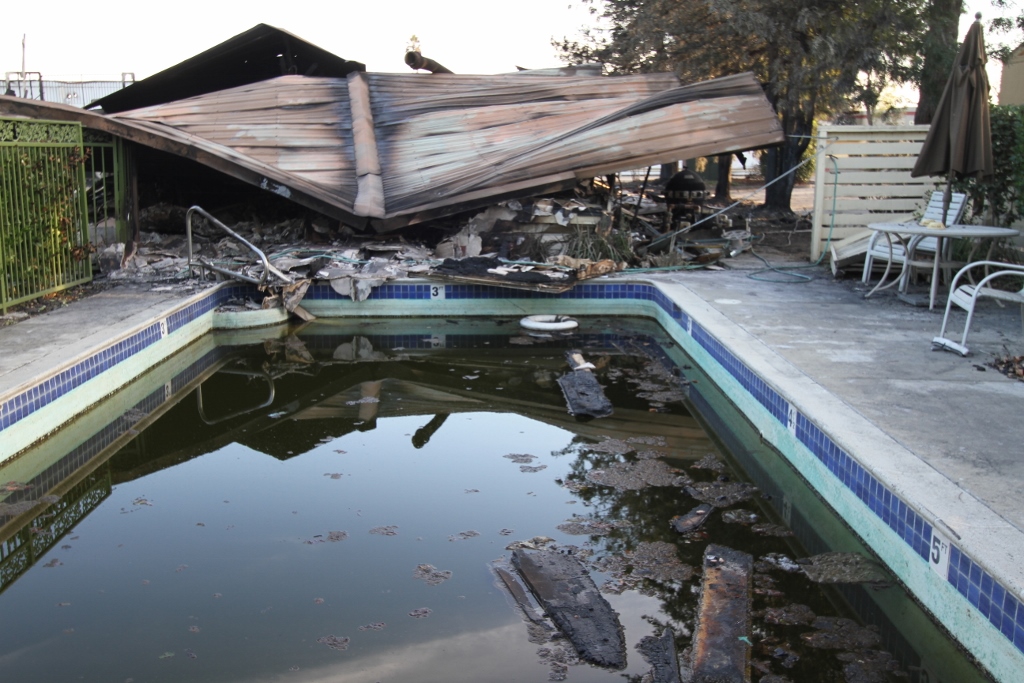
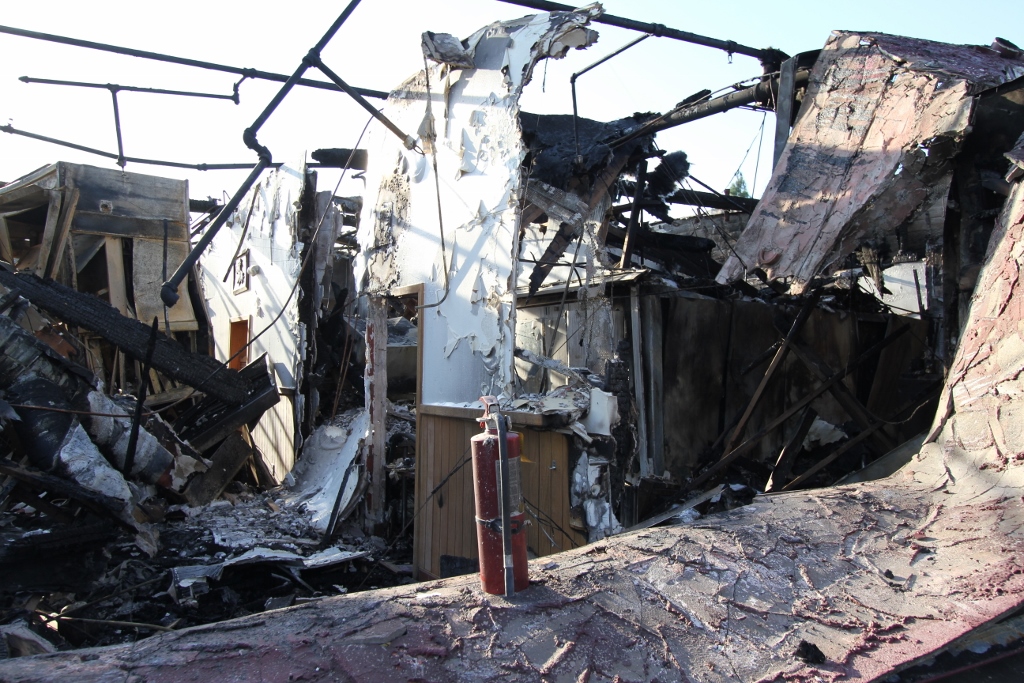
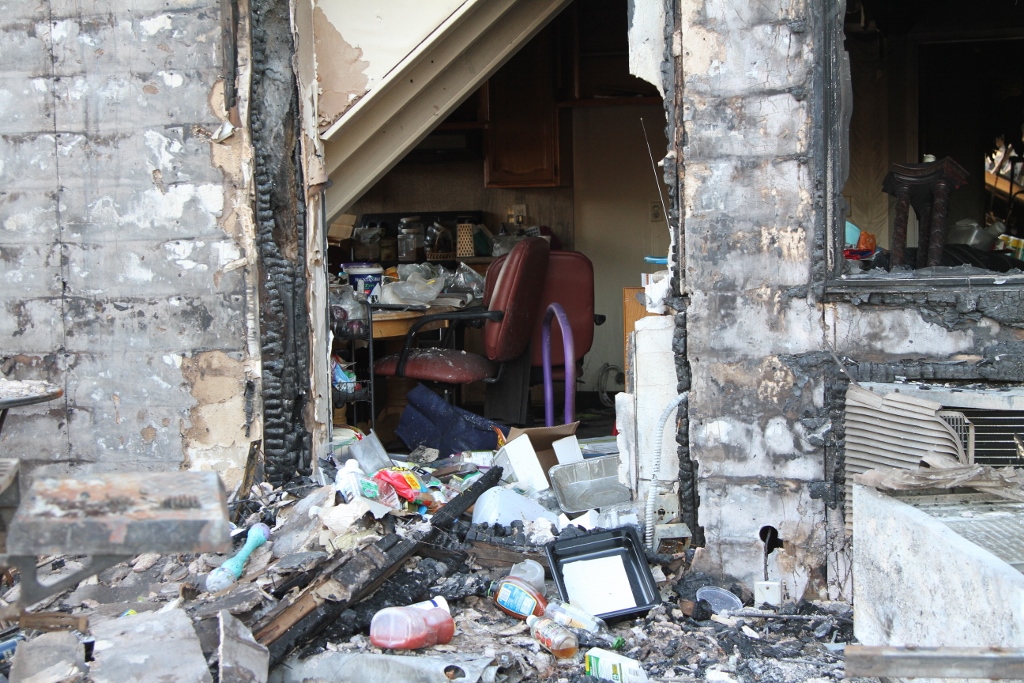
A city planner friend down in southern California e-mailed me and asked how local authorities will respond in the aftermath. The hardest hit towns like Santa Rosa already had a massive housing shortage and affordability problem before the fires. The loss of so many homes has only made a bad situation worse. The surviving stock of properties and rental accommodations will only become more expensive as the market tightens up even more. Will zoning regulations and building codes be relaxed in order to allow more properties to be built quickly, or will the devastation trigger new rules and restrictions that make reconstruction even harder at higher prices? I answered, “All of the above.”
Upscale resort hotels, luxury subdivisions, corporate office parks, and national chain stores have the financial resources and political clout to put things back together one way or another. It will take a few years, but these places will be rebuilt to an even higher standard as happened in the Oakland Hills fire of 1991.
I found this guy digging through the rubble of his pizza shop looking for anything salvageable. He was optimistic that insurance would allow him to rebuild. I asked about city regulations and he felt certain that Santa Rosa authorities would expedite his paperwork in a spirit of civic solidarity and economic self preservation.
Residents of the Journey’s End Mobile Home Park will most likely have an entirely different trajectory. Owners of individual trailers may (or may not) have sufficient insurance or personal savings to rebuild, but they never owned the land under them. The chances that they will ever return to this spot again are very close to zero. Whoever does own the land has just been given a unique opportunity to redevelop the site at a much higher value. The city will encourage the upzoning of the property for all the usual reasons: economic development, job creation, revenue enhancement, et cetera. The previous inhabitants will find their way to new homes – probably in other states entirely.
This same friend once explained the dynamics of city council meetings where the fire marshal announces to the assembled officials that the fire code is written in the blood of fallen fire fighters. Who’s going to argue with that? So we get regulations that include extra wide roads that allow the world’s largest fire engines to race at high speed to get to fires quickly, mandatory fire sprinklers in every new building in the state of California – including single family homes, and buildings that are all spaced far apart from each other to keep fires from spreading. These measures very effectively help prevent or contain certain kinds of individual fires. Then again, this land use pattern guarantees a population that’s spread out all over the hills and valleys with an endless rural/urban interface that makes really big fires of this kind inevitable. Pick your poison.
Ten lane freeways and enormous parking lots make excellent fire breaks. But burning embers from massive forest fires were carried on the wind to distant locations where they ignited new fires.
Scattered around Santa Rosa are the burnt out husks of shops and homes that went up in flames at random. The dispersed nature of so many fires in multiple hopscotch locations made fire fighting that much more difficult.
Spend any time at all on websites devoted to emergency preparedness and the overall impression you get is one of city centers as doomed pits of despair and festering evil that need to be avoided at all costs. Even people in suburbs at a fair distance from downtown are warned about the perils associated with desperate hoards of marauding city folks pouring over the landscape in an exodus from urban destruction. In this particular case it was people from the countryside that fled to safety and cleaner air with me and my neighbors here in San Francisco. You just never know…











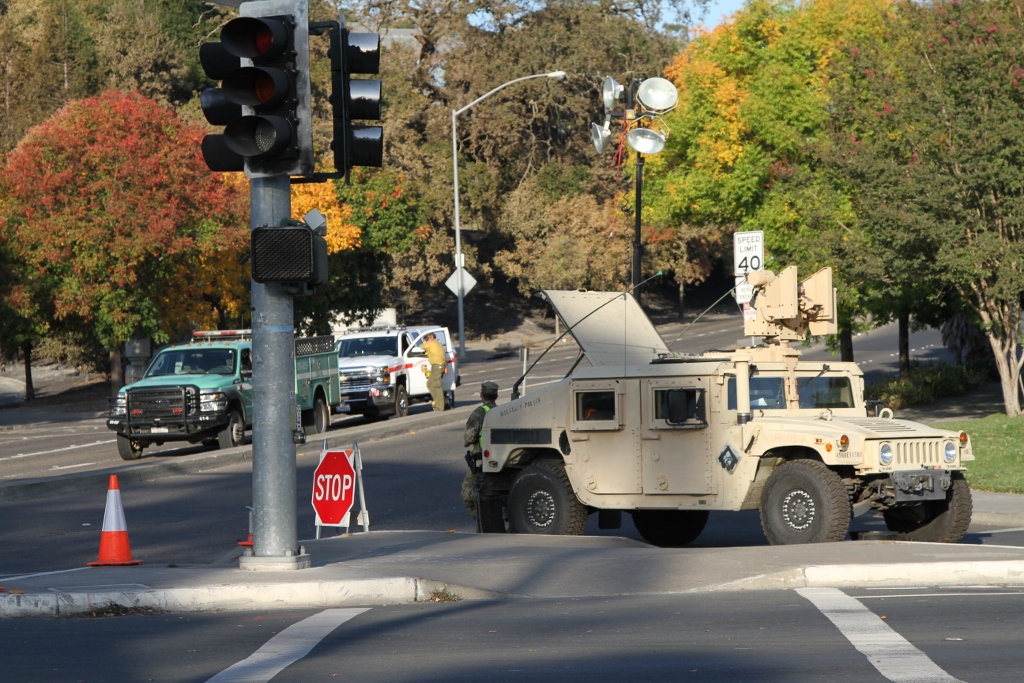
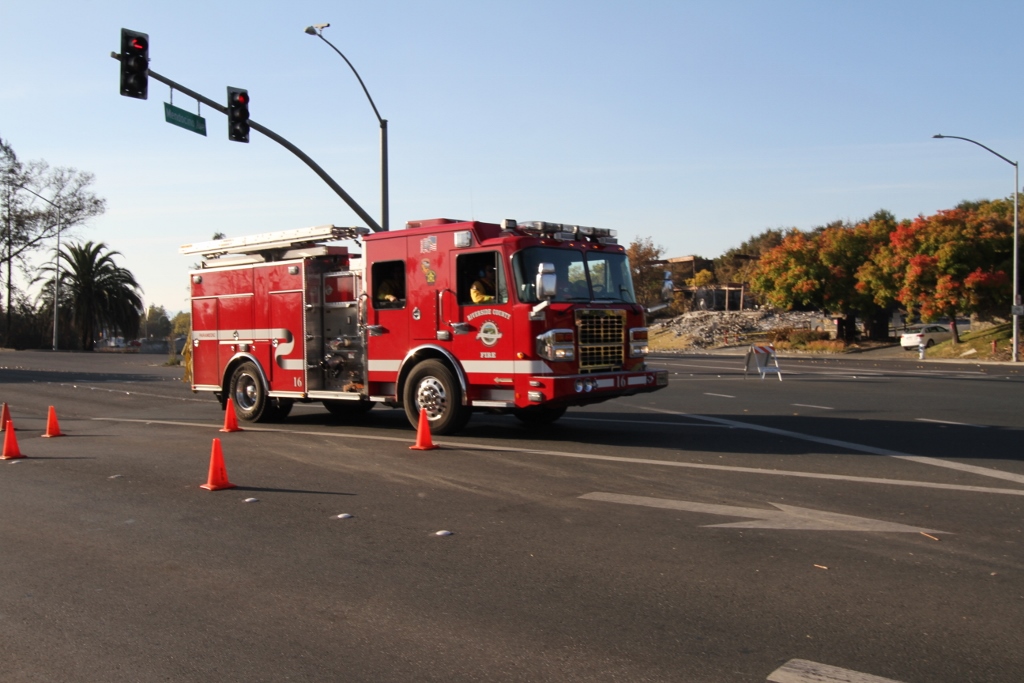
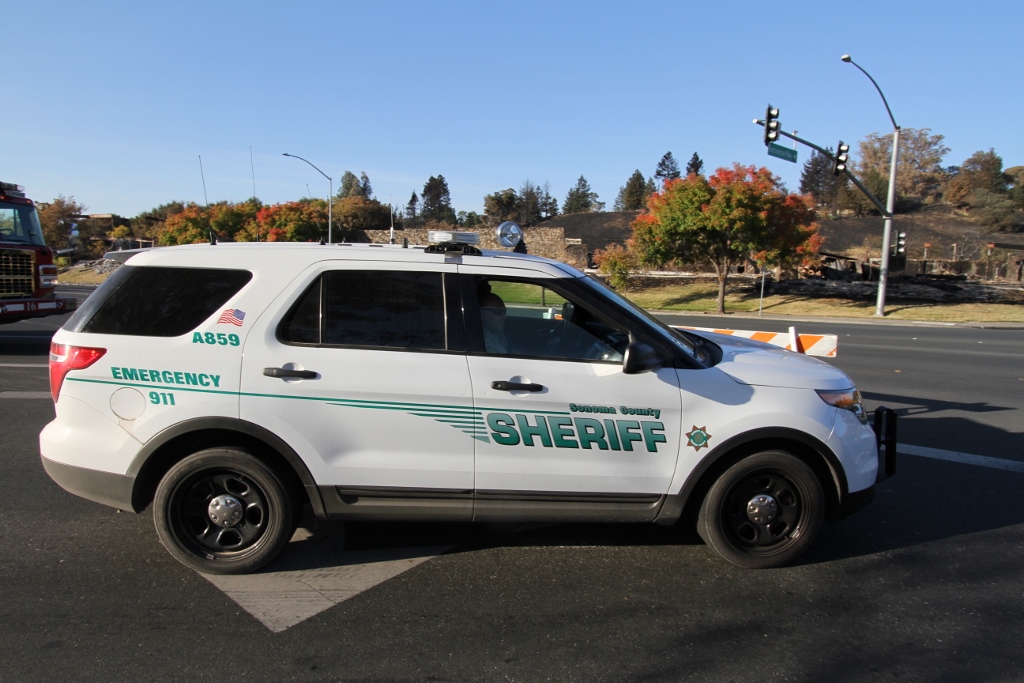
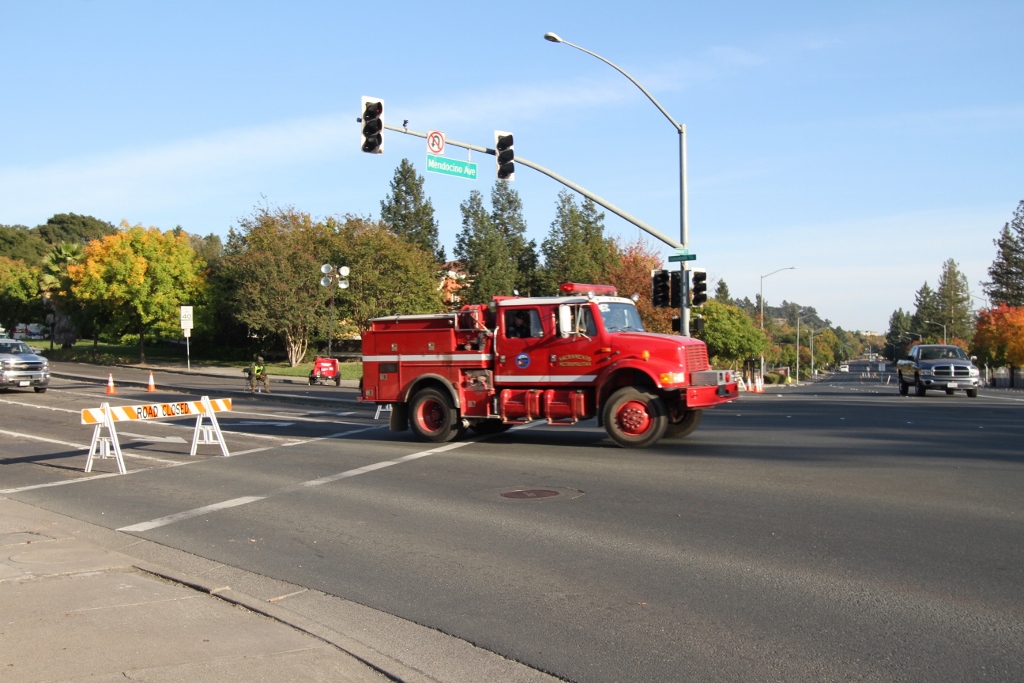
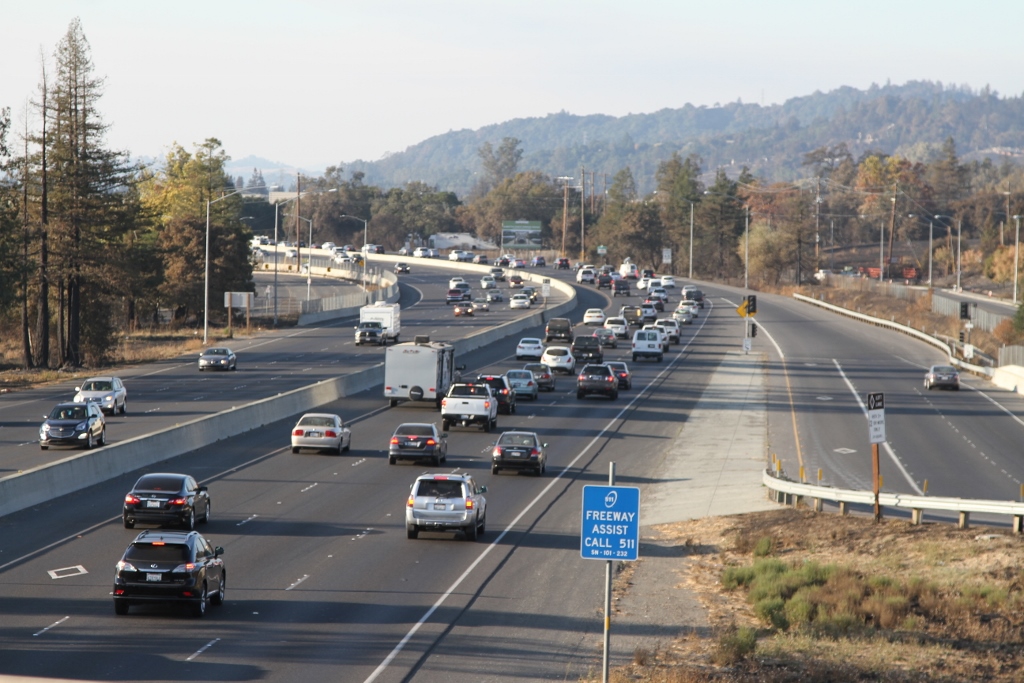

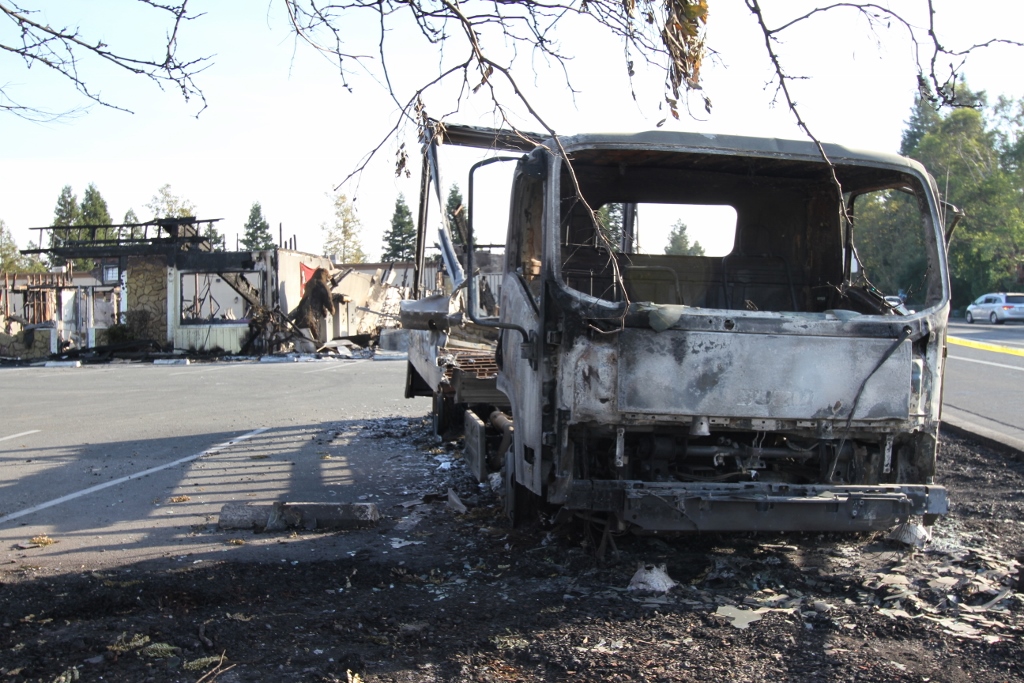

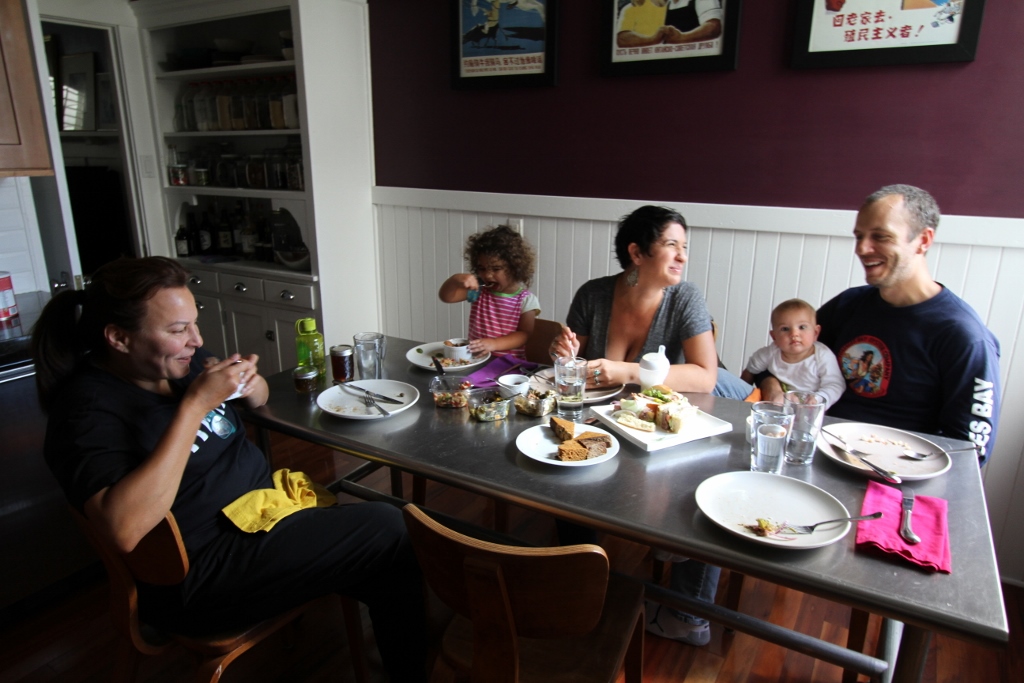




Cities slide into insolvency, not with a dramatic collapse, but with a slow, steady drift into financial fragility.